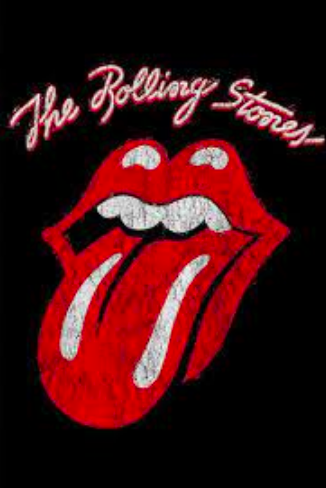Listen to the article
The iconic logo of the Rolling Stones, characterized by its ruby red tongue and lips, draws its inspiration from the Hindu goddess Kali, as revealed by frontman Mick Jagger in an interview with the Times of India. This symbol, housed in the Victoria and Albert Museum in Britain and recognized globally as a seminal emblem of rock and roll, finds its roots in the imagery of Kali.
Depicted typically as a blue four-armed woman with an extended tongue, Kali symbolizes destruction and time in Hinduism. Jagger’s connection to Kali, the Indian goddess, stemmed from his brother’s travels to India and the literature he shared. “In 1969, I was looking for an image that would be an eye-grabbing thing, and I saw this image of a disembodied tongue of Kali. I thought it would be an inspiration,” Jagger told the Times of India. Subsequently, British artist John Pasche, influenced by Jagger’s concept, created the modernistic tongue logo. Jagger’s recent visit to Mumbai coincided with a cricket match where he witnessed England’s decisive 93-run victory over Pakistan in the Cricket World Cup. During this visit, he shared photographs of himself with a Kali idol on social media. Pasche, who was commissioned to design the logo after Jagger was impressed by his work, initially received £50 for his creation. He later received an additional £200 as acknowledgment of the logo’s widespread acclaim. In 2008, the Victoria and Albert Museum acquired the original artwork for £50,000.

The Rolling Stones, formed in London in 1962, rose to fame as one of the world’s preeminent rock bands. Recently, they released Hackney Diamonds, their first album since the passing of their drummer Charlie Watts in 2019 and their inaugural studio album featuring new music since A Bigger Bang in 2005.
With AFP.





